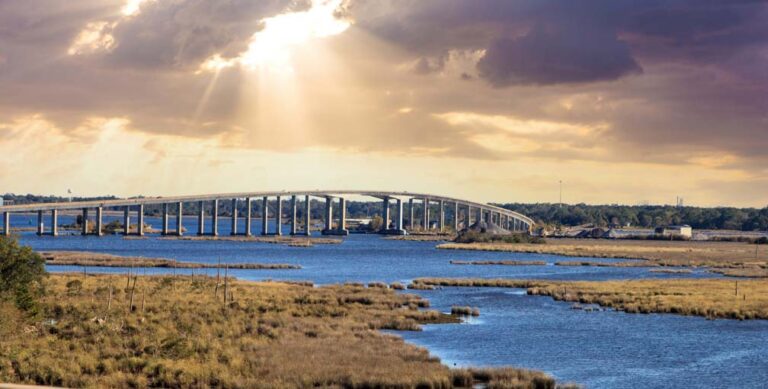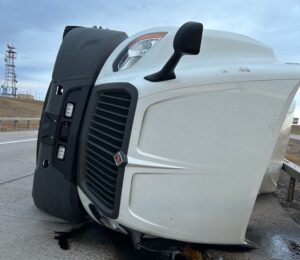BATON ROUGE, La. – A bill that’s currently on the Louisiana governor’s desk will, if signed, designate the 18-mile-long Atchafalaya Basin Bridge a highway safety corridor.
This distinction will authorize authorities to double speeding fines along the bridge route, as well as install cameras to enforce speed limits.
Speeders will receive two warnings before they are issued $350 citations for a third offense, according to the bill.
A fourth or more offense will result in a $1,000 fine.
The bridge, which carries Interstate 10 between Lafayette and the state capital, Baton Rouge, opened in 1973.
The speed limit is 60 mph for cars and 55 mph for trucks, which are required to stay in the right lanes on the elevated roadway.
The bridge will be broken up into segments with the speeds calculated for how long it takes a driver to get through one segment to the next, according to the legislation.
At 60 mph, the entire trip should take about 18 minutes.
At 65 mph, a driver should be able to cross the bridge in 16 to 17 minutes. If drivers finish in 15 minutes or less, then they were driving too fast and will be ticketed.
State Senator Page Cortez, R-Lafayette, said that the new measures are needed due to constant speeding on the bridge. He told his fellow lawmakers recently that there were 269 accidents with 89 injuries and two fatalities along the bridge last year.
The Louisiana Department of Transportation (LDOT) will be tasked with installing cameras at both of the bridge’s entrances, the two exits and at the bridge’s end points in each direction.
LDOT will also be required to post new signage warning of the new speed limits as well as truck lane restrictions. At least eight sets of speed limit signs will be placed on both the eastbound and westbound lanes of the bridge.
There will also be six sets of “trucks right lane only” signs erected eastbound and westbound.
One concern voiced about travel along the bridge focused on enforcement of the truck lane rule.
Shawn Wilson, director of the Louisiana Department of Transportation and Development, has told Louisiana lawmakers that the issue of truck travel is best addressed by placing signage to alert trucks about the left lane restriction.
“I think the best way we can address that … is by law we’re putting six signs up that say trucks are restricted to the right lane, and so I think that will help tremendously,” Wilson has testified. “I think everybody is going to look at this enforcement corridor as one to treat more seriously and drive responsibly, so I think it will address the trucks that are in the left lane.”
The governor can sign the bill into law, let it become law without his signature, or he can veto it.
The Trucker News Staff produces engaging content for not only TheTrucker.com, but also The Trucker Newspaper, which has been serving the trucking industry for more than 30 years. With a focus on drivers, the Trucker News Staff aims to provide relevant, objective content pertaining to the trucking segment of the transportation industry. The Trucker News Staff is based in Little Rock, Arkansas.














